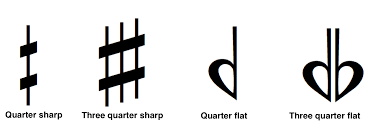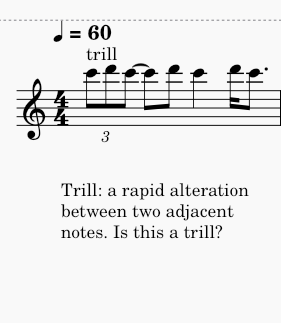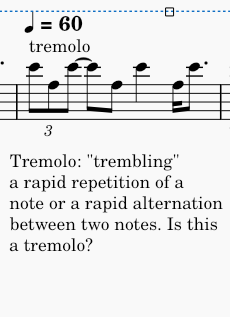Since the 1967 publication of Bruno Bartolozzi’s New Sounds for Woodwind, there have been many books published for new sounds, or extended techniques, for the individual woodwind instruments. (Read here about some thoughts about the term “extended techniques”.) However, to my knowledge, since then, there has been no book that addresses the emerging uses of extended sounds for the woodwinds as a whole. This has become a problem for composers whose main focus is orchestral and ensemble writing.
I do not intend to disparage the hard work that has gone into the existing books for single instrumental techniques (for example, the Bärenreiter series). However, reading each individual book is not entirely helpful (or cheap) for a composer who wants to write an orchestral score with these techniques – a score that graphically reflects the Geist of the sounds (open note heads for air sounds, for example) and is consistent in its notation throughout the staves. These aspects are very important for juries, funding committees, conductors, and other people whose job it is to peruse scores. Then there are the players, for whom the score also needs to give clear information as to what to play and how to play it.
Take air (aeolian) sounds, for example. It’s a very different production technique for flute, single reed, or double reed, and they produce different sound results. However, a composer will want a unified notation and a conductor will expect a balanced sound from this notation (which usually doesn’t result!). A similar situation with percussive techniques. Different methods of production are even reflected in our terminology (slap tongue for reeds, pizzicato for flutes). And unpitched material? Ideally a composer might want to reflect it by a clef change (using a precussion clef), but for winds, often our “unpitchted” material needs a fingering, therefore five lines and a treble or bass clef (think tongue ram or jet whistle).
In spite of my love for continuing the flute traditions of notation, and my pedantic writings on “Lumping and Splitting” notations, I do agree that some things could be improved by re-thinking the notational traditions that came out of solo works that flourished in the 1980’s and 1990’s in order to make a more comprehensive, woodwind-wide system that makes a composer’s life easier. Any thoughts?







